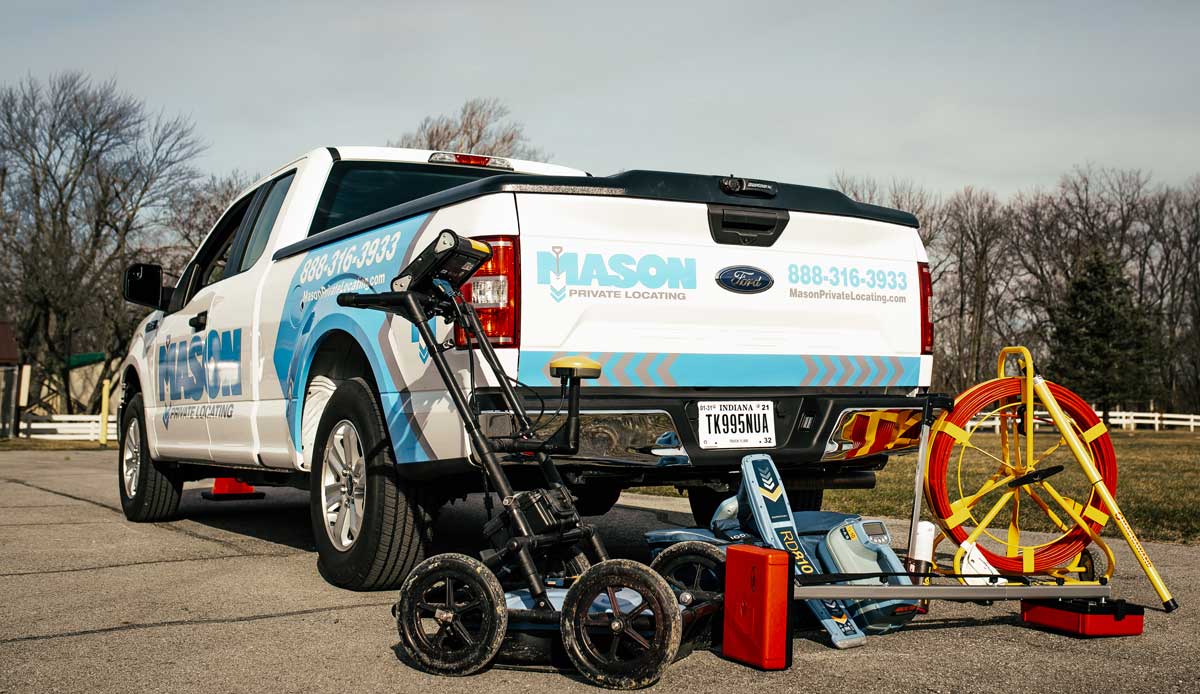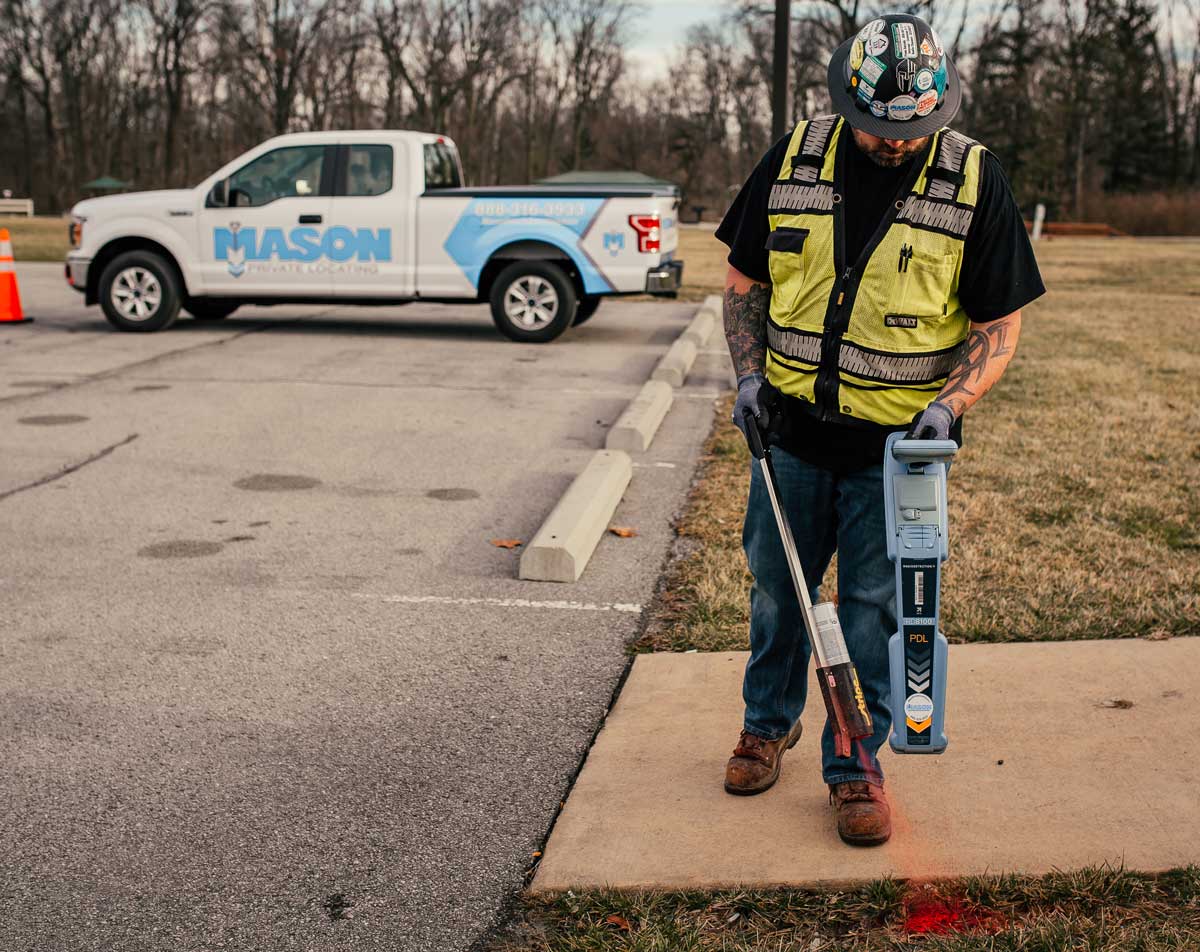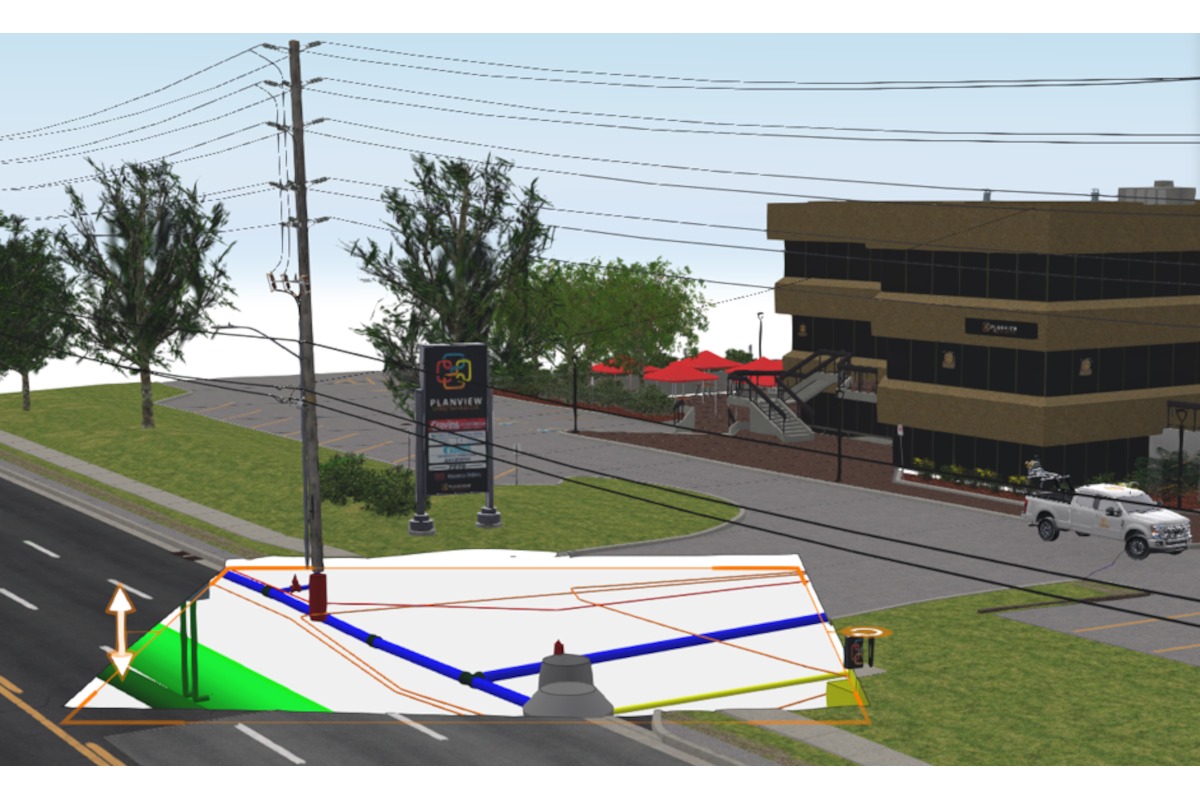
Steps for a Safe, Accurate and On-Time Utility Locate
The New York skyline is layered with rows upon rows of high-rise buildings stacked “shoulder-to-shoulder.” The city outgrew its footprint but did not stop growing. The momentum drove new developments the next natural direction: Upward.
Likewise, as utility companies across the United States race to deliver more services better, faster, safer and more efficiently, our subsurface infrastructure has experienced similar growing pains, but in the opposite direction. Below the ground, a complex subsurface infrastructure grows increasingly more complex every day.
From border-to-border and coast-to-coast, OneCall processes millions of individual locate requests annually. In the most populous metropolises, as well as the most rural and desolate areas of the United States, commercial and residential sites are scanned for underground utilities and structures that could affect their projects.
The word “affect” can take on many meanings. In some cases, it could mean delaying work or issuing change orders to account for unknown underground utilities. In the worst cases, it could also mean utility damages resulting in injury or even death. None of those effects are good news and are on the mind of most industries that rely on good utility locates.
If you are reading this publication, you already know every safe jobsite starts a call to 811. This ensures all public lines are located before digging. It is not only common sense, but it is the law. The second step to securing the jobsite from any underground utilities is to call a private locating company that will locate all of the private lines and anomalies that 811 does not cover. Anyone who takes both of those steps is well on their way to doing their part to a safe jobsite.

After Calling 811
You’ve called 811. Now what? Now it is up to the locating company to make sure lines are marked and accurate. Accuracy is the key word here, as a line that is mismarked could have a huge impact on any project.
Many states vary, but most states make it mandatory for a public locator to arrive onsite within 48 hours of that ticket being called in, and when they arrive, they will use all methods available to identify and mark those utilities. The only method they use is EM locating. Not GPR, EM induction, etc. In many cases, they will have prints made available by the utility to understand where those utility lines lay beneath the surface. It is then up to them to use their training and equipment to identify if the prints are accurate, and more importantly if those prints are even up to date. When that ticket is completed by the technician, most quality public locate companies will include images, video and a sketch of where the lines are located. This serves as both a back-up for the locate company, as well as a great reference for the contractor. Most 811 companies do not create a sketch. They take pictures and a video occasionally, if necessary.

Finding the private lines are much more difficult. Generally, a private line was not installed by a utility company, so there are rarely good prints to help find these buried lines and anomalies. With 65 percent of all underground utilities privately owned, this task is more difficult and takes more training, knowledge and equipment to complete the locate with accuracy.
The five steps taken for a locate ensures that no known and unknown underground infrastructures are missed.
Step 1: Site Walk:
Upon arrival, the locator will take the time to visually scan and inspect the project site while looking at any maps or prior documentation to identify the known utilities.
Step 2: Find & Verify the Know Utilities:
Using an EM receiver and transmitter, the technician will locate the known utilities with surface level indicators (valves, meters, etc.) such as electric, gas and water lines that continue beyond the meter. During this step, the locator can also re-verify the known public utilities, as well.
Step 3: Find & Verify the Unknown Utilities:
Using EM Passive and Inductions scans the technician will then locate any unknown utilities that do not have surface level indicators, such as communication lines (including fiber) running between multiple buildings. In many cases, abandoned utilities are also found during this step.
Step 4: Find Anomalies Underground:
In this important step, the technician utilizes ground penetrating radar (GPR) to find any unknown objects in the area such as non-metallic pipes, large storage tanks, plastic water mains, etc. GPR is also used to verify their own marks during the EM process (Step 2).
Step 5: A Secure Jobsite:
During this final step the technician documents all findings from each step and creates the clients’ deliverables, so they have full visibility and an understanding of everything that was located on your job site.
It’s a lot, we know. The steps of creating a safe locate starts with you, the person or company who is going to dig. The rest is up to the locating company to properly train, equip and audit their technicians so they have all of the tools and knowledge they need to safely locate your jobsite.
Every project is different and no two job sites are the same, but any locate technician that takes the time to adhere to their process on every locate should ensure that you when you dig, you are doing so on a secure jobsite.
Jake Mason is a second-generation locator and president of Mason Private Locating.



